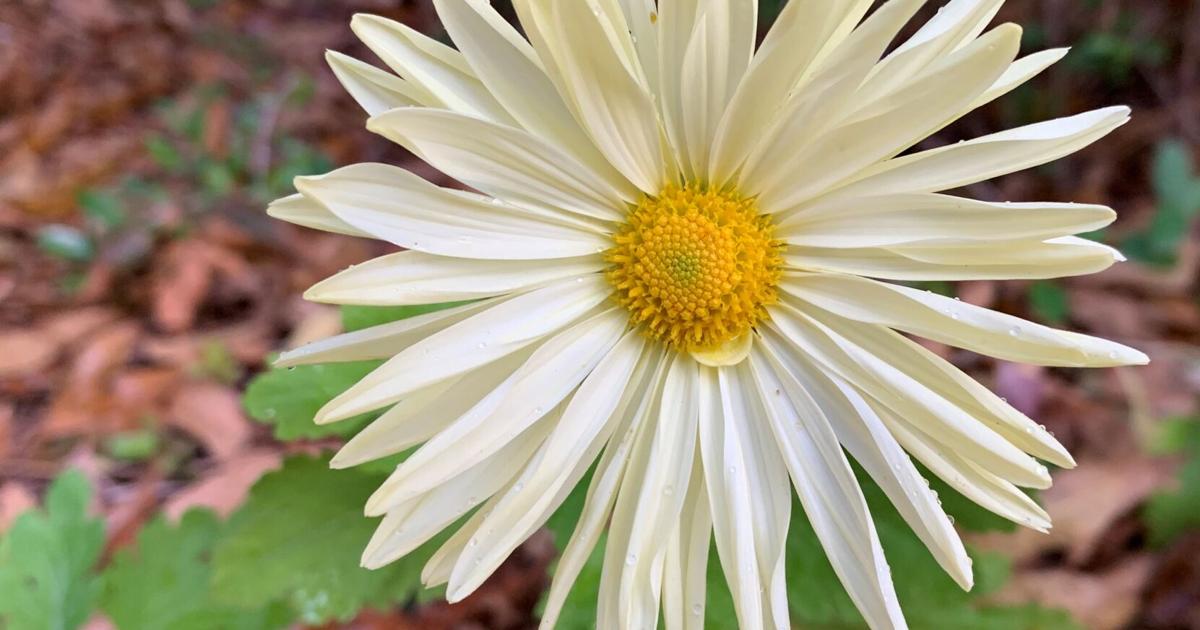Key Points
-
Mums are a beautiful addition to your fall garden.
-
Make sure not to plant them in spots that are too shady, as they need full sun to thrive.
-
Also, don’t plant them in small pots, or in areas that are hard to reach.
Mums are one of the true joys of a fall garden. Their vibrant yellow, red, and orange blooms thrive in September and October when the temperatures are slightly cooler. However, mums do have specific care instructions, and you can’t plant them just anywhere.
Naturally, there are certain areas of your garden where mums won’t thrive, whether it’s due to spatial limitations, soil type, or the amount of sun. To help prevent you from making a costly mistake, we spoke to gardening experts about the five places you should avoid planting mums.
Meet Our Expert
Related: How to Plant and Care for Mums—the Fall Showstoppers That Fill Gardens With Color
Shady Spots
Mums need 6 to 8 hours of full sun each day in order to thrive and produce beautiful blooms. Planting them in a spot with full to partial shade, then, isn’t ideal.
“Lowlight conditions lead to smaller flowers, slower regrowth, susceptibility to pests, and generally less vigor,” says Lisa Mason Ziegler, author of The Cut Flower Handbook.
Small Pots
Mums can be successfully planted in containers, so long as the right conditions are met. Not all pots are created equal, however—some may not be the right fit.
“They should never be planted in too small of a container where the soil cannot be kept moist,” says Laura Irish-Hanson, a horticultural educator at the University of Minnesota Extension. “It’s best to put them in containers that don’t quickly dry out, like unglazed terracotta pots that pull moisture out of the soil.”
The same logic applies when it comes to the pot your mums may come in. “Don’t leave them in [this pot] because they’re typically potbound,” says Ziegler. “Repot into a container 2 to 3 inches wider with additional potting soil and fertilizer according to directions.”
Dry or Soggy Soil
The right soil is essential for good plant health, and that’s especially true of mums. Avoid planting them in a spot with soil that will become too dry or too soggy—mums prefer well-draining soil.
“Water your mums as needed, letting the top layer of soil dry in between waterings,” says Ondrea Kidd, lead floral designer and founder of Sowing Joy Farm. “The frequency needed for watering will depend on your climate.”
Hard to Reach Areas
Depending on the type of mums you plant, they may need a bit of extra maintenance, which will be difficult if you plant them in a spot that’s difficult to reach.
For example: “Depending on the cultivar you grow and the growing season, you may need to pinch the plants in the summer to promote later flowering,” says Irish-Hanson.
Additionally, tall varieties of mums—which are the best for cut flowers—will need support structures installed. This task will be difficult to check off your list if you can’t reach them. “As the blooms open, they get top heavy, making them susceptible to falling over in rain and wind,” says Ziegler. “This ruins them for cutting and for the landscape.”
Areas With Overhead Watering
“Mums like to be watered at the base of the plant,” says Kidd. “You can use drip lines, or later water with a hose.”
Areas of the garden with sprinklers or automated irrigation systems that use overhead watering, however, are a no-go. “Mums are susceptible to fungal diseases, such as mildew, if their leaves are left wet,” she says.
Read the original article on Martha Stewart


-1758534154419.webp)





:max_bytes(150000):strip_icc():focal(749x0:751x2)/miley-cyrus-1-092225-f61469454c564525b1b8cd62e9d15c07.jpg)

